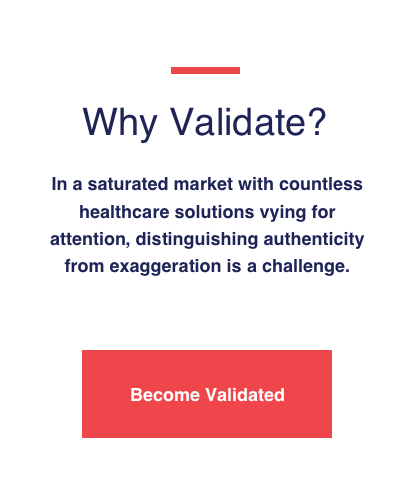In an increasingly competitive and rapidly changing market, many businesses are struggling with employee recruitment and retention. Perks such as flexible work environments, on-site cafeterias, or team building activities were important pre-pandemic, but as the work environment has shifted to a remote model, employee priorities are changing. In-office perks and activities lost much of their value when employees started working remotely in March 2020. At the same time, the pandemic played havoc with people’s lives, leading many to delay starting or expanding their families. Now, more than ever, innovative and inclusive benefits programs that support employees’ ability to have children can show you value them and their future.
With one in eight Americans diagnosed as infertile, and more single people and LGBTQ+ couples looking to start families, infertility awareness is at an all-time high. Unfortunately, cost and access barriers prevent many Americans from using these services. Even one round of fertility drugs can cost anywhere between $500 to $3,000, or more, which is a major reason why individuals and couples who rely on fertility treatments to start their families face significant difficulties. Luckily, access to care for individuals, and employee recruitment and retention for businesses, can both be achieved through innovative fertility benefits programs.
Although some states are beginning to mandate fertility coverage, employers are finding that these benefits are important regardless of state laws. According to the 2021 Survey on Fertility Benefits, infertility treatments can:
- Ensure that employees have access to quality, cost-effective care
- Help employers stay competitive in recruiting and retaining top talent
- Help employers become recognized as a “family-friendly”
Surprisingly, offering these kinds of services does not cause a significant increase in medical plan costs for most employers. In the last five years, businesses are expanding the range of fertility services covered by their benefits plan in order to stay ahead of the competition. Companies that offer fertility packages as part of their health benefits plan can choose the level of coverage they are comfortable providing — which could include full or partial payment with co-benefit payments by the employee. They also have flexibility to decide which treatments they want to cover, giving organizations the power to find the right fit for their budget.
Using a specialty vendor, such as ARC Fertility, can make offering fertility benefits simple because they offer increased flexibility, better member services, and guidance to help employees navigate resources, all of which ultimately improve outcomes. They also offer comprehensive, coordinated programs that appeal to employees of all ages, including digital offerings. With flexible plans, and lower overhead and margins, these cost savings are passed on to employees.
While the financial benefits of offering fertility packages are obvious, the biggest cost savings for businesses offering fertility coverage occur from increased employee satisfaction. Fertility benefits help women and minorities feel welcome and included in the workplace, improving diversity in the organization. This can help organizations with recruitment; a recent Glassdoor study found that 67 percent of job seekers felt workplace diversity was important when evaluating job offers. In addition, a 2019 Gartner report showed that 75 percent of organizations with frontline decision-making teams reflecting a diverse and inclusive culture will exceed their financial targets. And gender-diverse and inclusive teams outperformed gender-homogeneous, less inclusive teams by 50 percent.
This significantly lowers the costs associated with retaining top talent: more than 32 percent of employees say they are more likely to stay with companies that offer fertility benefits. Studies also show that employees with access to these fertility benefits express 1.5 times greater work satisfaction and are 2.5 times less likely to miss work.
Companies looking to retain and attract top talent need to appeal to the needs of changing work demographics. This means that they need to start offering benefits plans that encourage diversity and inclusion while improving employee health and wellness. Fertility benefits are becoming a priority for young couples and individuals who want to start building their families. And with the ability for employers to partner with experienced, specialty vendors, offering these benefits has never been easier or more cost effective.
By David Adamson, MD, ARC Fertility




